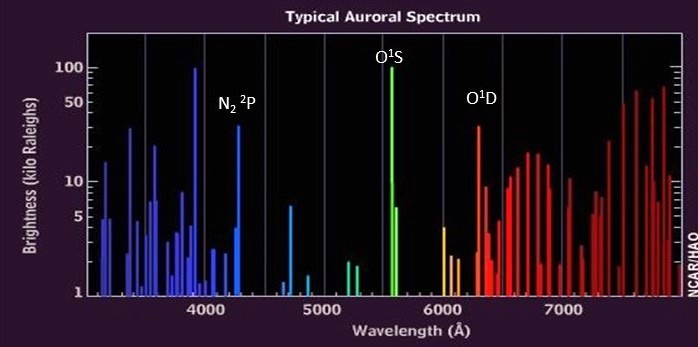Event JSON
{
"id": "f724c1657a32c9fee5bb7136ec0c6a3eed2fc414fbfa366292992375a6d396b6",
"pubkey": "7dffac5ad489a6f470af8634771d9f4a35197d679bd606974efaa72b7d1a47a9",
"created_at": 1715497714,
"kind": 1,
"tags": [
[
"t",
"aurora"
],
[
"t",
"science"
],
[
"t",
"nature"
],
[
"t",
"space"
],
[
"imeta",
"url https://files.mastodon.social/media_attachments/files/112/426/854/924/021/976/original/39aabe0d481d362d.jpg",
"m image/jpeg"
],
[
"proxy",
"https://mastodon.social/@coreyspowell/112426858244536162",
"web"
],
[
"proxy",
"https://mastodon.social/users/coreyspowell/statuses/112426858244536162",
"activitypub"
],
[
"L",
"pink.momostr"
],
[
"l",
"pink.momostr.activitypub:https://mastodon.social/users/coreyspowell/statuses/112426858244536162",
"pink.momostr"
]
],
"content": "So many beautiful aurora photos going around right now. Wonder where those amazing colors come from? Here's a helpful breakdown. \n\nWhen you split up the light of a typical aurora, it looks like this. \n\nMany colors from just nitrogen \u0026 oxygen!\n\nhttps://www.swpc.noaa.gov/content/aurora-tutorial #aurora #space #science #nature\nhttps://files.mastodon.social/media_attachments/files/112/426/854/924/021/976/original/39aabe0d481d362d.jpg\n",
"sig": "27b33484454205bd82e2b01a72a109b64325ac64ad23034d69b53c7e7fbe4a809a86709a0979652418766cfa0aff50504f2718874e004e5649924d87f0198f8c"
}

